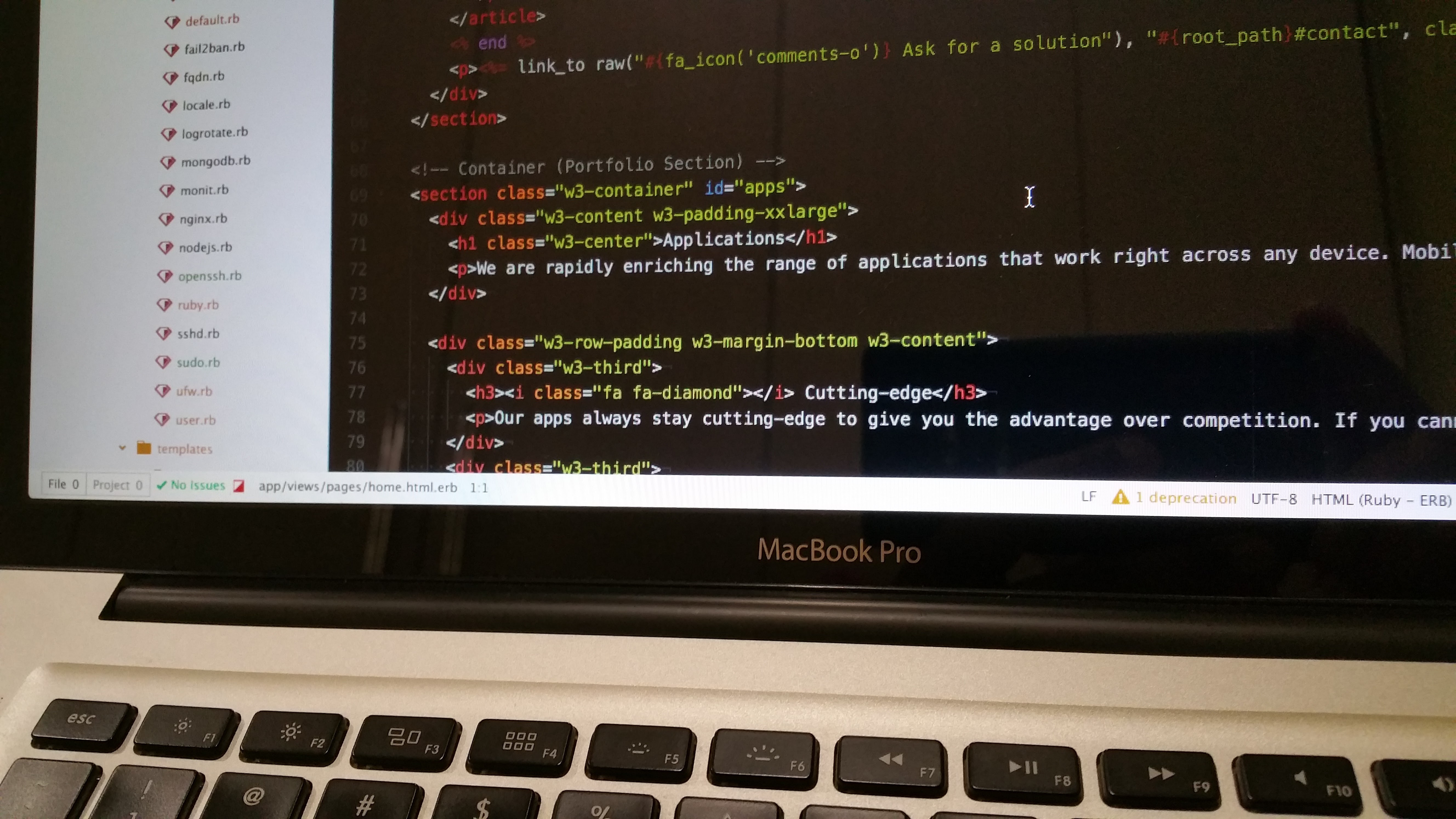Transparency is extremely important to us, so we are letting you know that we may receive a commission on some of links you click on from this page. See our disclaimer.
Kiplinger reports on how workplace wellness programs have evolved — and how well-run programs are focused on finding effective ways to engage employees.
The article outlines how: “For employers, the benefit of wellness programs is clear: Helping employees get healthy can ultimately reduce insurance claims and boost productivity,” adding that “improved morale and less turnover among employees are benefits, too.”
And there are plenty of benefits for employees, too.
The post continues: “But employers are now making their programs more flexible, fun and focused on results—and they’re offering much bigger financial incentives to participate. Nearly 40% of the employers surveyed by the Kaiser Family Foundation offered maximum wellness rewards of $500 or more in 2016, with 16% topping $1,000 per year. Some double the numbers if your spouse participates, too.”
Engagement doesn't always mean cash rewards. The piece notes that “noncash perks that also save you money include free gym memberships and fitness classes, and gift cards for participating in races. Some employers are opening on-site health clinics and giving employees free access to wellness coaches, nutritionists and stress counselors. And they’re bringing weight-loss, smoking-cessation and disease-management resources to the office.”
But another important way to increase employee engagement? Make sure your workplace wellness plan prioritizes privacy.
The post gives the example of Endurance International Group and Interactive Health.
The piece states: “Privacy is a key reason Endurance International Group, a Massachusetts-based company of 3,000 that establishes web presence for small and medium-size businesses, chose to work with Interactive Health, an independent wellness company. Endurance employees can receive $600 off their annual health insurance premiums for participating in the wellness program, $750 if they have self-plus-one coverage, or $1,000 if they have family coverage. In the first year, the only requirement for the discount was to sign up and get the biometric screening; 86% of employees participated.”
“The standards became tougher the next year, when employees had to meet certain goals based on improvements in their weight, blood pressure, glucose level, cholesterol or other health factors in order to earn the discounts. Interactive Health does the tests and lets Endurance know how much money to subtract from each person’s insurance premiums. ‘It’s completely separate from the employer, and the information is not even shared with our health carrier,' says Kimberly Preston, Endurance’s vice president of total rewards.”




0 Comments